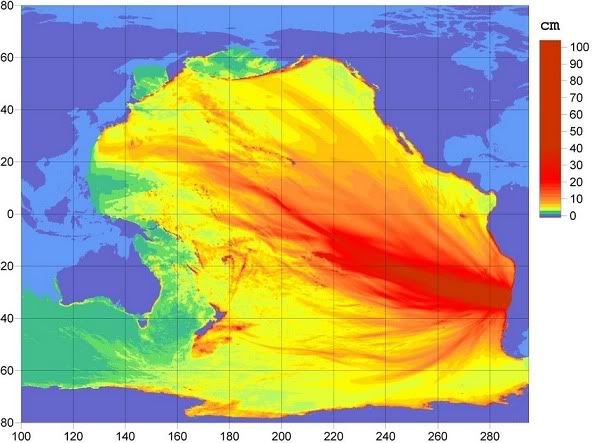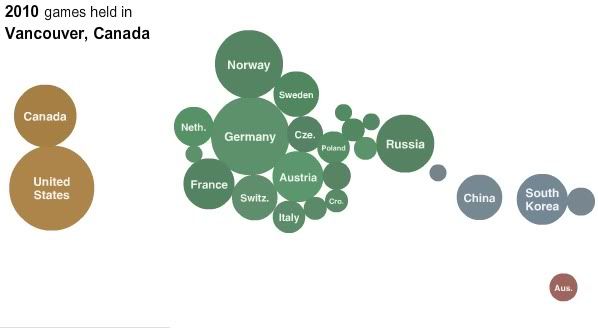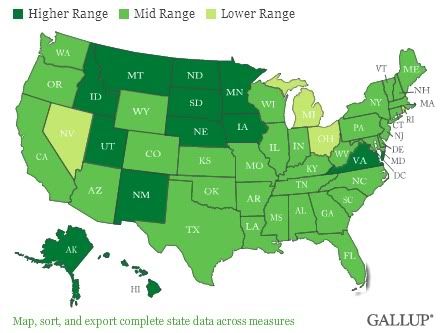A proposal for electoral reform from
fakeisthenewreal:

It's neat and all that the US was the first modern country to adopt many democratic institutions - we did it way back in the 18th Century, before the French Revolution even. Bully for us! However, a side effect of our early adoption of 'democracy' is that we have a lot of weird anachronistic leftovers from the pre-1789 era. Slavery was one, but fortunately we finally managed to get rid of that. But other, less significant but still not insignificant pre-democratic inconveniences remain. This map is meant to address some of these issues. Says fitn:
The electoral college is a time-honored system that has only produced results in conflict with the popular vote three times in over 200 years. However, it's obvious that reforms are needed. The organization of the states should be altered. This Electoral Reform Map redivides the territory of the United States into 50 bodies of equal size.... [This plan] overrepresentation of small states and underrepresention of large states in presidental voting and in the US Senate. Preserves the historical structure of the electoral college and the United States unique federal system, balancing power between levels of government. States could be redistricted after each census - just like house seats are distributed now.
Fifty states, as you see here, each with just about the same population. Yes, this would help with the problem of the electoral college system for picking presidents, which is insane by any reasonable standard and without which we might have avoided a certain period of unpleasantness from 2001-2009.
But the real advantage is in the Senate. Right now, Wyoming has as many senators as California. Vermont has as many as Texas. That's just straight up retarded. It's certainly not democratic. And don't give me any of that crap about how it preserves the sovereignty of states as the Great and Omniscient Founding Fathers intended, because do you know why they ended up with this provision that every state have an equal number of senators? To protect regional interests from the will of the majority; i.e., to protect southern interests; i.e., to protect slavery from meddlesome northerners. (And like just about everything unseemly in American politics, it all somehow goes back to the legacy of slavery...) Nothing approaches this level of blatant anti-democratic institutional structure in the free world. What's more, we can't even amend the constitution to allow for proportional representation in the Senate: the Founders made sure of that by making it
the one thing that couldn't be repealed by amendment. Brilliant! So we would have to hold a constitutional convention and start over from scratch if we wanted to reform the Senate in a way that would really live up to modern norms.
Or - we could follow this guy's plan: just take the scissors to the ol' state map and produce what you see above. There would still be two senators per state, but every state would have equal population, so representation would be proportional. A fantastic idea! This would be much fairer than the system we've got going on now. In particular, as it stands, rural areas are way, way overrepresented in the Senate; having two senators each for neo-states like SF Bay, Los Angeles, Boston, New York, and Dallas would remedy that.
As for the electoral college, it wouldn't solve the problem entirely. It would still be possible to lose the popular vote and win the electoral college, but at least it wouldn't be due to the fact that the smallest states get overrepresented in the electoral college (e.g., North Dakota gets 3 EVs, because of its 1 representative + 2 senators, though it only has the population to justify 1).
Of course, there would be some logistical problems in re-organizing state governments throughout the country. But bah, I say. Small potatoes: the senate is dysfunctional as it is and it is going to end up killing the country. My own personal choice would be for us all to just ignore the Senate until it went away, sort of like the House of Lords. But this plan strikes me as the next best thing.






